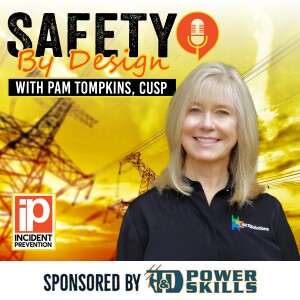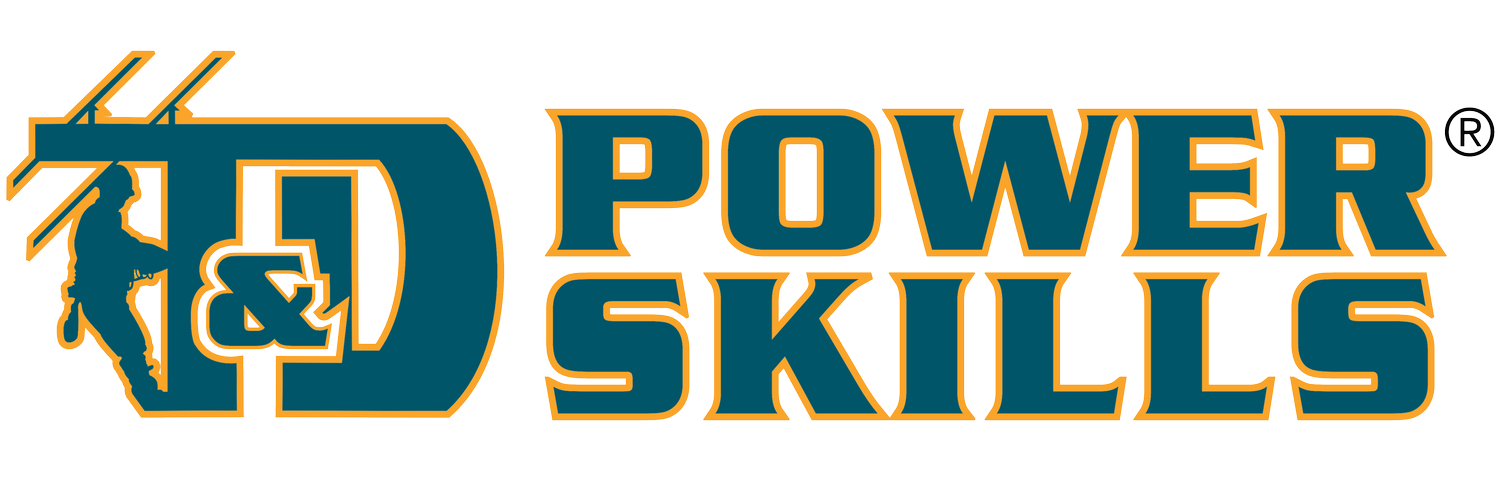
24.9K
Downloads
112
Episodes
Come listen to an extension of some of the excellent utility safety & ops safety content published in Incident Prevention magazine. Dive deeper into insightful safety topics by hearing interviews with the some of the best and brightest minds in the industry! Learn more about Incident Prevention magazine at incident-prevention.com
Episodes

Monday Apr 21, 2025
Monday Apr 21, 2025
Safety by Design - Empowering Leadership and Employee Involvement with Pam Tompkins CSP, CUSP
Read the article - https://incident-prevention.com/blog/safety-by-design-leadership-and-employee-involvement/
In this episode of Safety by Design, we welcome back safety expert Pam Tompkins, CUSP, CSP, to explore the foundational role of leadership and employee involvement in building effective safety systems. Based on her recent article in Incident Prevention magazine, Pam shares candid insights on overcoming middle management roadblocks, building measurable KPIs, and empowering workers at all levels—from new apprentices to seasoned frontline leaders. Tune in as Pam breaks down why involving the workforce is not optional but essential to safety success—and how organizations can align top-down and bottom-up strategies to protect their people and drive meaningful change.
Key Takeaways:
-
People are the foundation of safety—rules and programs only work when employees are actively involved in shaping and executing them.
-
Middle management is often the bottleneck in safety performance due to lack of field experience and misaligned priorities.
-
Effective safety systems require alignment across all levels: senior leaders, middle managers, and frontline employees.
-
KPIs must be tailored by role—senior leadership, middle management, and field crews should each have performance metrics tied to their unique influence on safety.
-
Safety is not just policy—it’s integration, and organizations must continuously measure, evaluate, and adapt their systems with employee feedback.
❓ 5 Relevant Questions & Answers:
Q1: Why is employee involvement essential to a successful safety system?
A1: Without employees, there is no safety system. Engagement ensures processes are practical, understood, and effectively integrated into real-world tasks.
Q2: What role does middle management play in the success—or failure—of safety programs?
A2: Middle managers often act as a roadblock if they prioritize production over safety or lack a true understanding of field-level risks.
Q3: How can senior leaders improve safety outcomes?
A3: By understanding the real “look of safety,” engaging directly with field teams, and holding themselves accountable for organizational risk tolerance.
Q4: What kind of KPIs are most effective for evaluating safety?
A4: Role-specific KPIs—like field engagement for executives or measurable improvements in hazard mitigation for frontline supervisors—are key.
Q5: What’s the danger of not aligning top-down and bottom-up safety efforts?
A5: It creates a culture of distrust, disengagement, and missed opportunities to improve safety. Full integration is necessary for success.
#UtilitySafety #WorkplaceSafety #SafetyLeadership #SafetyCulture #EmployeeEngagement #FrontlineSafety
Subscribe to Incident Prevention Magazine - https://incident-prevention.com/subscribe-now/
Register for the iP Utility Safety Conference & Expo - https://utilitysafetyconference.com/
________________________________

This podcast is sponsored by T&D Powerskills. If you are looking for a comprehensive lineworker training solution, visit tdpowerskills.com today and use the exclusive podcast listener promo code IP2025 to receive a 5% discount!
No comments yet. Be the first to say something!